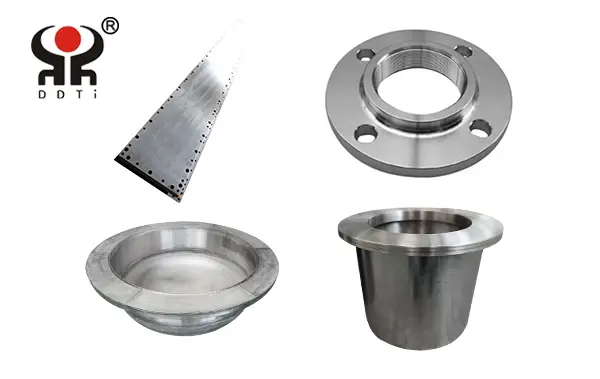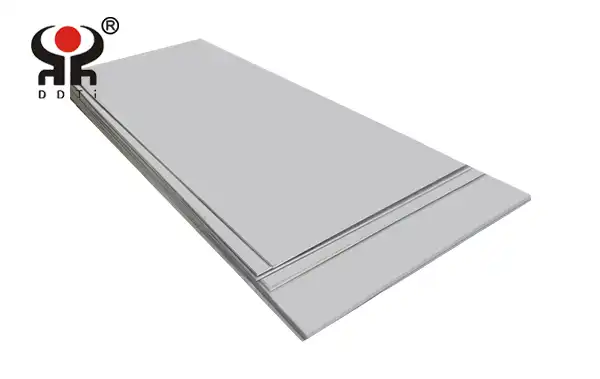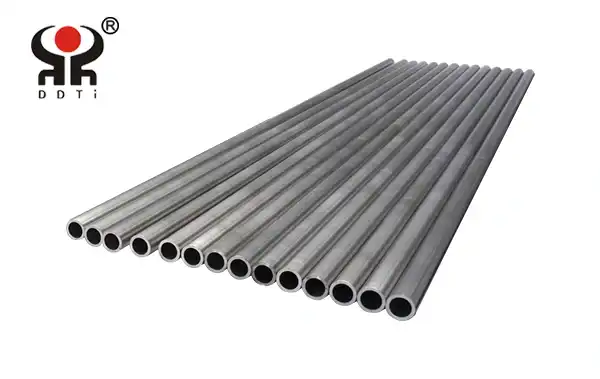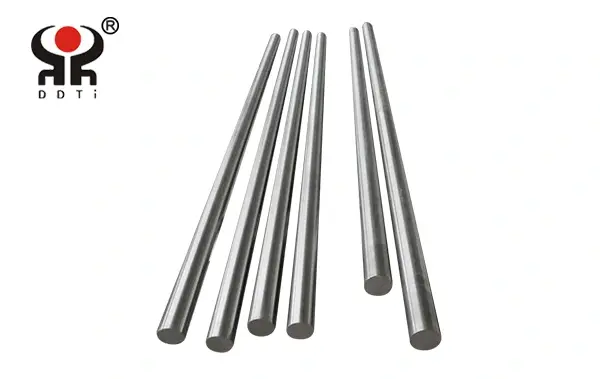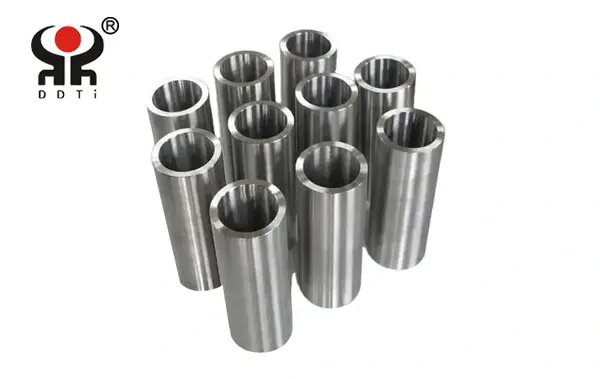A Comparison of Properties and Application Differences Between Pure Titanium Plates and Composite Titanium Plates
2025-04-10 14:37:18
1. Genetic differences in material nature
As a representative of elemental metal materials, titanium plate is based on α type crystal structure, and the purity is generally more than 99%. Its preparation relies on vacuum consumable arc melting (VAR) technology, and the thickness tolerance can be controlled within the range of ±0.02mm by multi-pass precision rolling. This single metal characteristic gives it excellent homogenization performance, especially in the aerospace field, TA1ELI grade electronic pure titanium (oxygen content ≤0.07%) has become the core material of Boeing 787 fuselage skin.
The composite titanium plate has opened a new era of layered composite, through the explosive composite or hot rolled composite process, the 0.5-5mm titanium layer and carbon steel/stainless steel substrate permanent combination. The transition layer uses Ag72Cu28 brazing metal to achieve metallurgical bonding, the shear strength breaks 140MPa, and the bonding rate is as high as 98%. This structural innovation enables the material to combine the corrosion resistance of titanium with the strength of the substrate, presenting a unique advantage in the manufacture of PTA oxidation reactors with diameters of more than 5 meters.
Second, the performance parameters of the arena
In terms of extreme environmental adaptability, pure titanium plates stand out with a temperature span of -196~600℃. Its specific strength reaches 3.8-4.5, far exceeding most alloy steels, and it is irreplaceable in ultra-low temperature scenarios such as liquid nitrogen storage tanks. In terms of biocompatibility, its surface oxide film meets the ISO 5832-2 standard, making it the material of choice for artificial joint implants.
The composite titanium plate appears in the abrasion-resistant composite condition. The titanium protective layer can resist the corrosion of the seawater medium (corrosion rate ≤0.001mm/a), and the substrate layer provides structural support, which makes its service life in the seawater desalination device more than 3 times. In terms of economy, the titanium material consumption can be saved by 40-70% compared with the all-titanium structure, which has a great cost advantage in the construction of large storage tanks.
3. Application scenario differentiation and integration
The aerospace and medical fields are the main battlefields of pure titanium plates. The Boeing 787 fuselage has lost 20kg per square meter of skin, and the long-term biological stability of the pacemaker housing confirms its irreplaceability. In the field of chemical industry, pure titanium plate has become the inner liner material of special reactors by virtue of its stability in strong corrosive media such as concentrated hydrochloric acid and acetic acid.
Composite titanium plates dominate the manufacturing of process industrial equipment. In the field of pressure vessels, its breakthrough bearing capacity (≥10MPa) and resistance to slot corrosion make it the standard configuration of oxidation reactors in PTA plants. In Marine engineering, the 3m wide composite plate can be molded into the sea pump shell at one time, with dual characteristics of cavitation corrosion resistance and seawater corrosion resistance.
Fourth, the double helix of technological evolution
Material innovation is pushing both to a higher dimension: in the field of pure titanium plates, wide titanium strips with a width of more than 2000mm are continuously produced, and electron beam cold bed melting technology reduces impurity content to ppm level;
The composite plate technology has emerged a new gradient composite process, through the nano transition layer design, the interface bond strength increased by 30%. The on-line monitoring system integrates ultrasonic C-scanning technology to realize 100% nondestructive testing of composite interface.
In engineering selection, the ASTM B265 and ASME SB898 standard frameworks are followed, combined with life cycle cost analysis (LCCA) to make decisions. Current data show that the composite titanium plate in the pressure vessel market share has reached 35%, while pure titanium plate in the biomedical field still maintains an absolute advantage of 95%. This complementary development pattern will continue to promote the deep application of titanium materials in high-end manufacturing.

